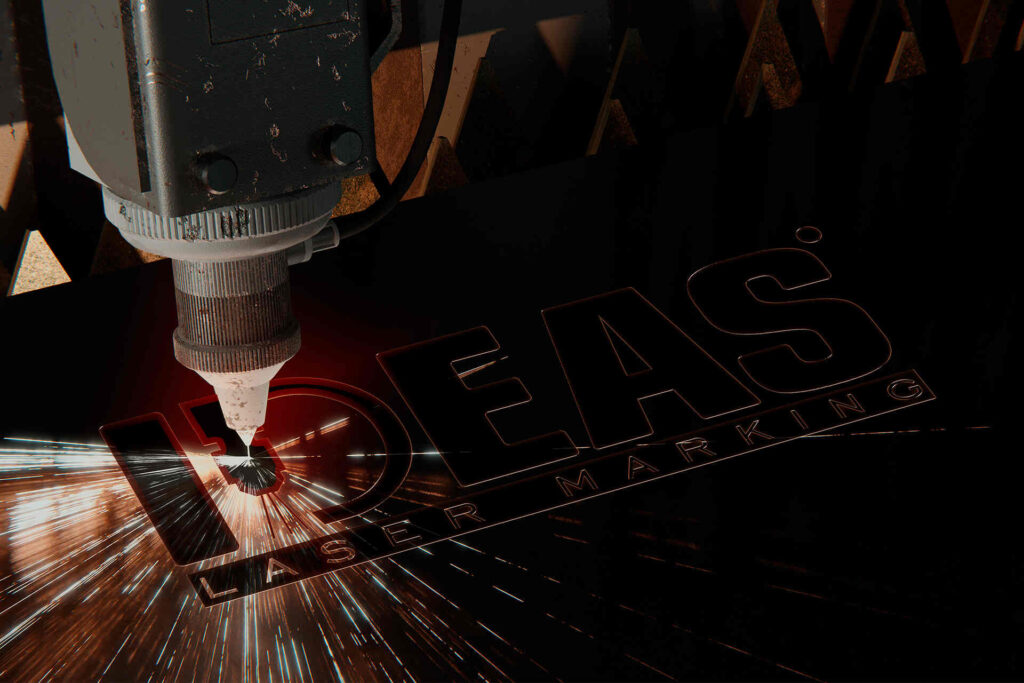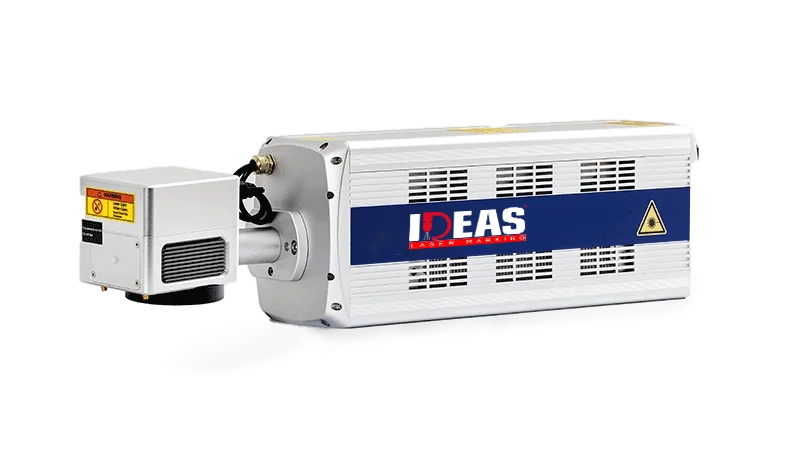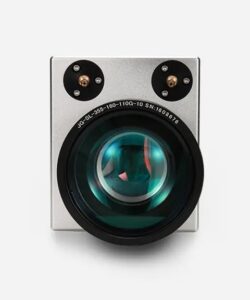UV Laser Marking Machine

Product Information Overview
Precision UV Laser Marking for High-Quality Metal Surfaces
PRODUCT OVERVIEW

Product Advantages


Industry trend
Makers of PET packaging now use “thin-walled” PET to save money and cut waste. But this thin material can easily burn or bend with regular laser marking. UV laser printers fix this problem by using soft, low-heat light to mark without harm. They give clear, correct marks while keeping the weak surface safe and damage-free.
Stricter rules for drug packaging and labelling have led many companies to switch from ink systems to laser marking. Laser marking helps them follow the rules, track products better, and keep packaging safe. This method also keeps labels clear and correct, making sure product details stay readable and trusted from start to end.
HDPE (High-density polyethene) bottles are still widely used to pack medicine because they are strong and safe. These bottles need clear and lasting labels to help track the product. UV laser printers do this well by making dark, clear marks on the light surface of HDPE bottles. These labels are easy to read, stay on long, and follow industry rules.
Minimizes thermal impact
UV lasers give off intense light that can break the bonds between molecules. This helps mark or process materials without creating heat on the surface, reducing damage and providing very accurate results.
It also works well on shiny metals like gold, silver, and copper without creating too much heat. This helps avoid black marks and rough edges, keeps the surface smooth, and allows precise, accurate markings that resist rust.
As electronics get smaller, the plastic covering them becomes thinner. A regular laser (1064nm) might go through this thin plastic and damage the parts inside. A UV laser (355nm) is a better choice because the surface absorbs it and doesn’t go deep, protecting the inside from damage.
Product Applications
list of items






Technical Specifications
| Category | Specification |
|---|---|
| Laser Type | Q-switched pulsed lasers |
| Max Output Power | 3W / 5W / 10W |
| Laser Wavelength | 355nm |
| Laser Lifetime (avg) | 15,000 hours |
| Laser Class | Class 4 (IEC60825-1 compliant) |
| Max Linear Speed | 20 m/s |
| Marking Speed | Up to 30 characters/sec |
| Coding Angle | Downward (90°) or flat (0°) |
| Marking Area | 70x70mm, 100x100mm, 140x140mm, 200x200mm |
| Vibrometer | 8mm / 10mm |
| Beam Expanders | 2–10x (6x standard) |
| Spot Size | 20μm |
| Marking Distance | 255–265mm |
| Touch Interface | Built-in 10" Win10 touch screen |
| Communication Ports | Ethernet RJ45, RS232, RS485, USB, SD card |
| Voltage | 200–240V, 50/60Hz |
| Power Consumption | 300W |
| Ingress Protection | IP54 (standard), IP65 (optional) |
| Operating Temp | 5–45°C |
| Humidity Range | Max 80% RH (non-condensing) |
| Cooling Method | Water cooling |
| Weights | Optical path: 21.3kg, Power: 8.4kg, Water tank: 29.5kg |









